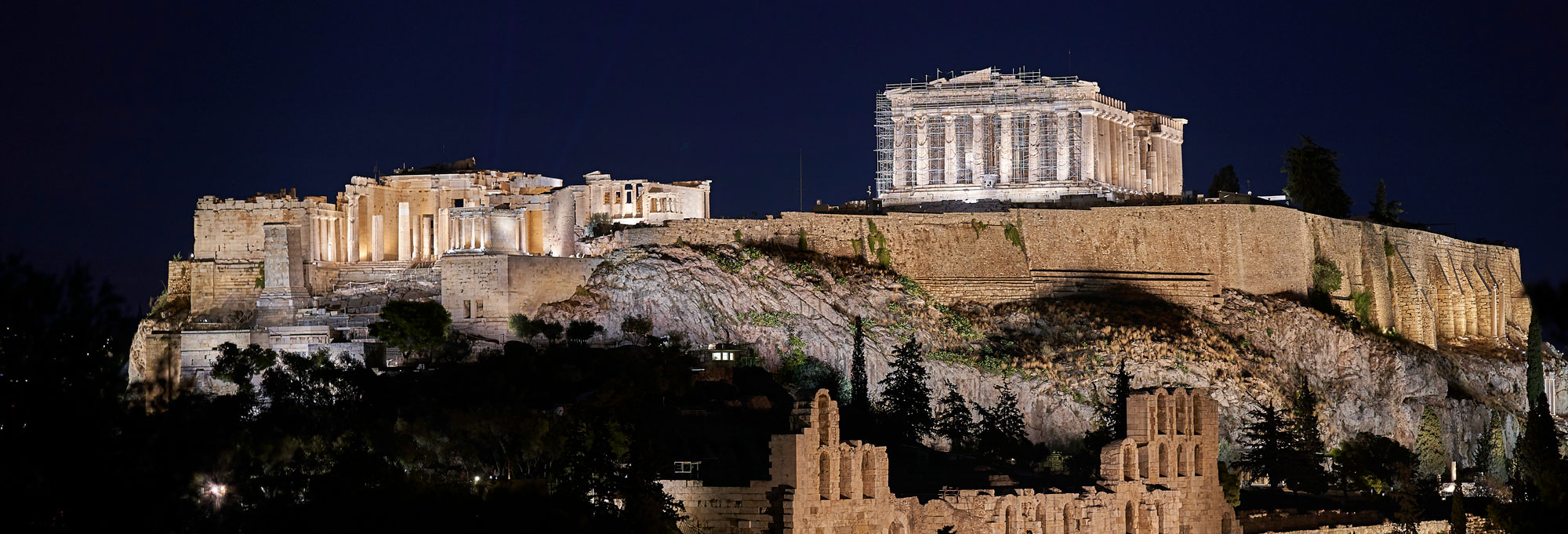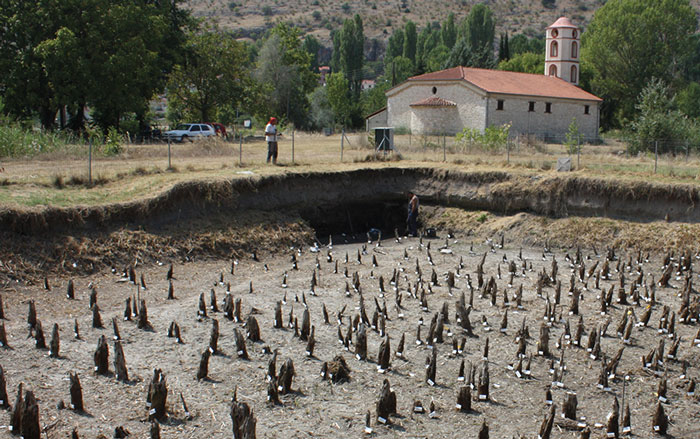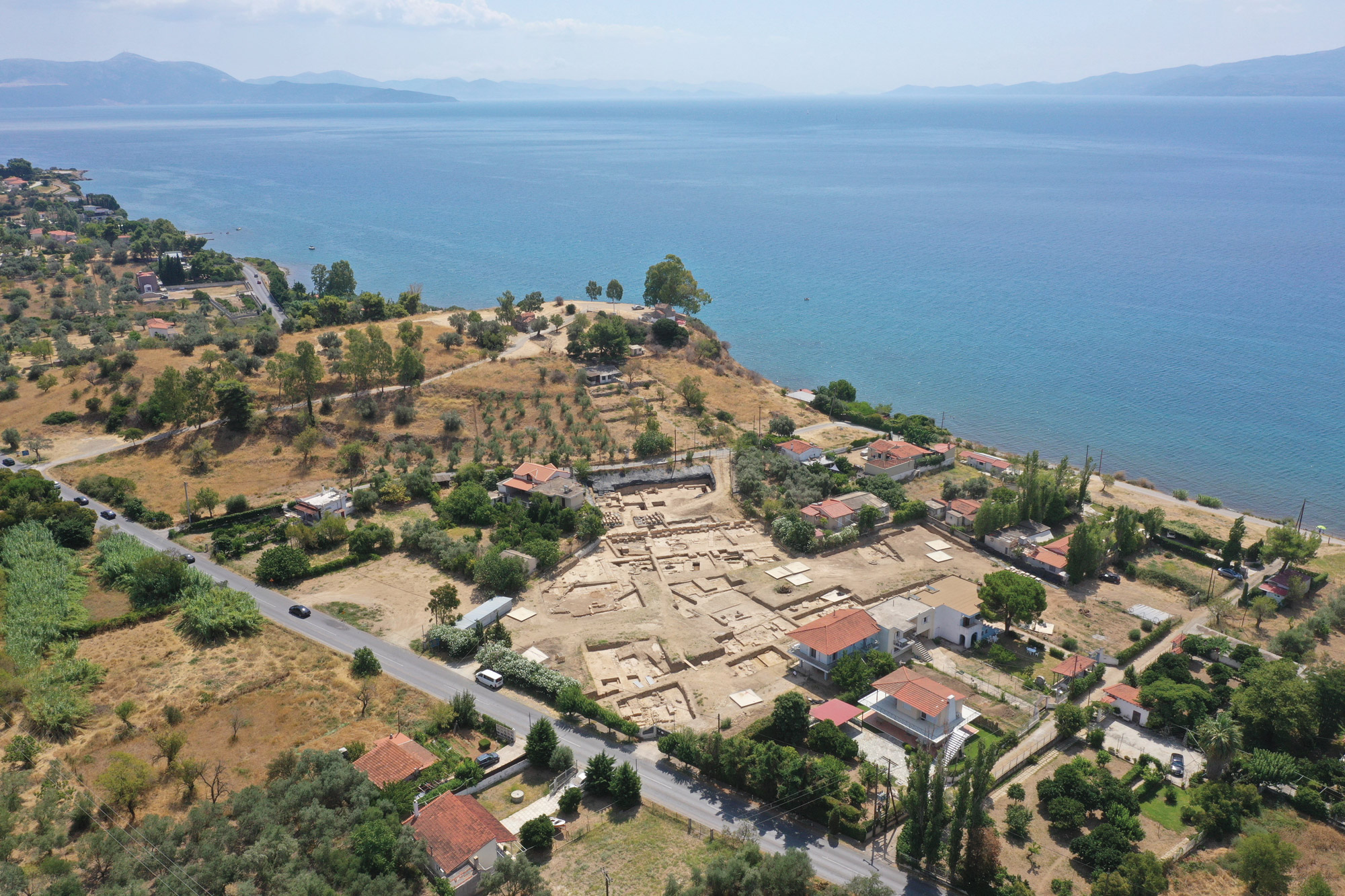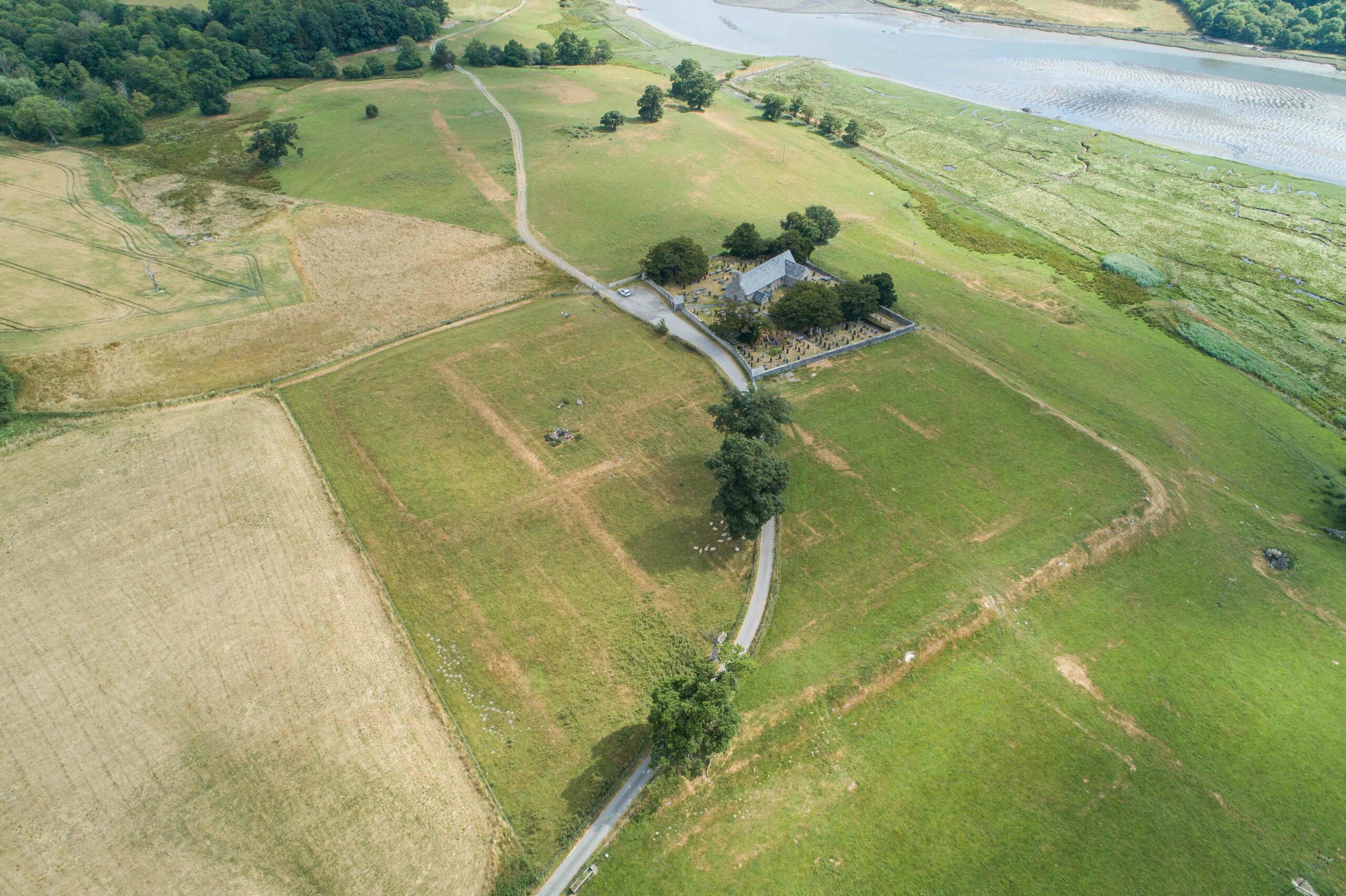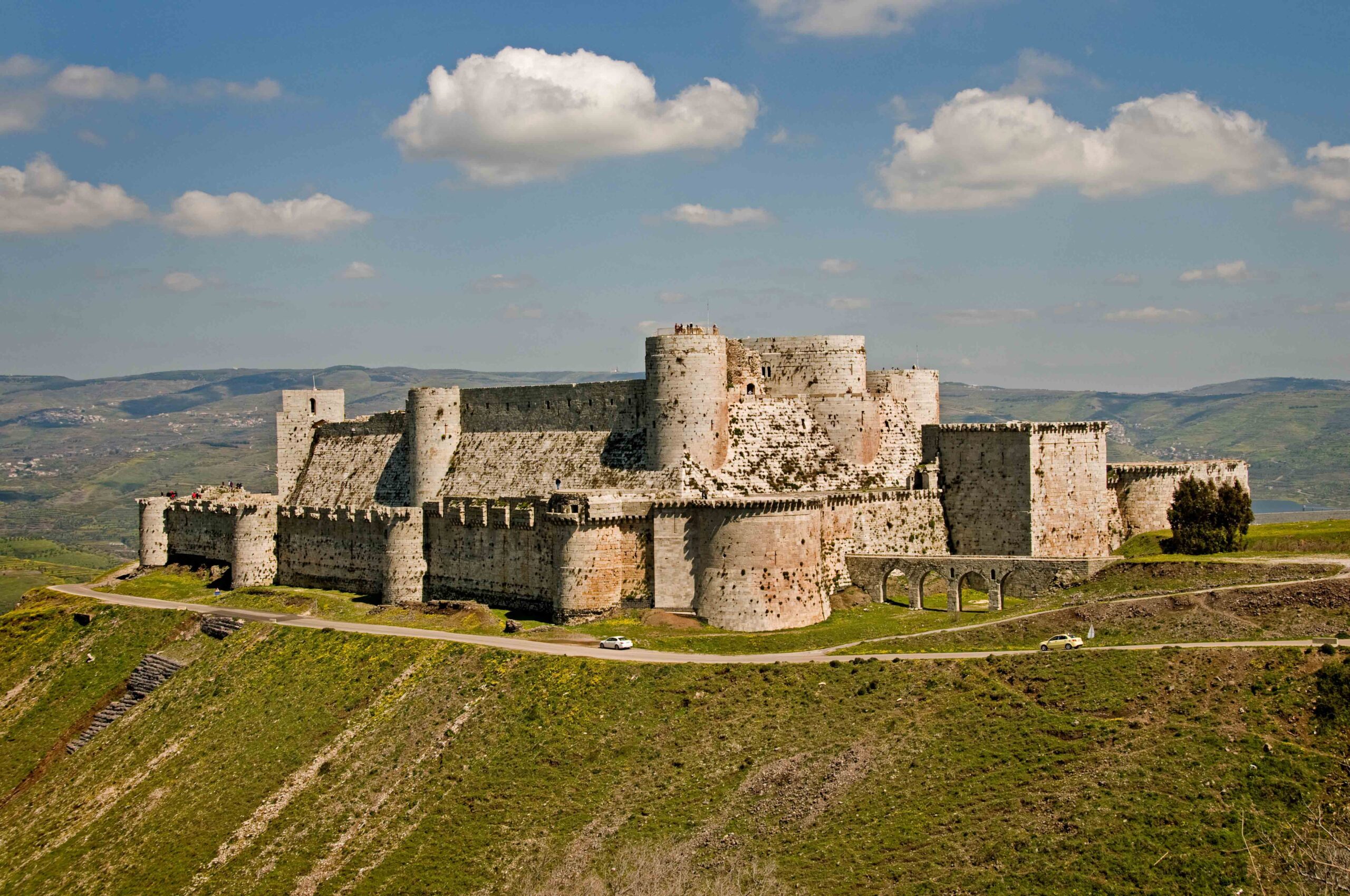
ATHENS, GREECE—According to The Greek Reporter, an ancient inscribed stone tablet that has been missing for the past 100 years has been found on the Greek island of Amorgos by archaeology student Stelios Perakis, German archaeologist N.N. Fischer, and local residents. The stone bears a copy of the Resolution of Nikouria, a document dating to the third century B.C. The text describes the islanders’ decision to participate in a feast and games organized by Ptolemy II in Alexandria, in honor of his father, Ptolemy I. The tablet was first discovered in 1893, in a church on the islet of Nikouria. It was transferred to a stable in 1908, but was eventually lost. The researchers discovered the stone had belonged to a shepherd from Nikouria before it was recently incorporated into an outer wall of a house in the village of Tholaria on the island of Amorgos. Plans are being made to remove the tablet from the house and display it in the Amorgos archaeological collection. To read in-depth about a massive ancient Greek inscription, go to "In Search of the Philosopher's Stone."



